Agricultural Transition Using the Internet of Things and Artificial Intelligence
March 15, 2024
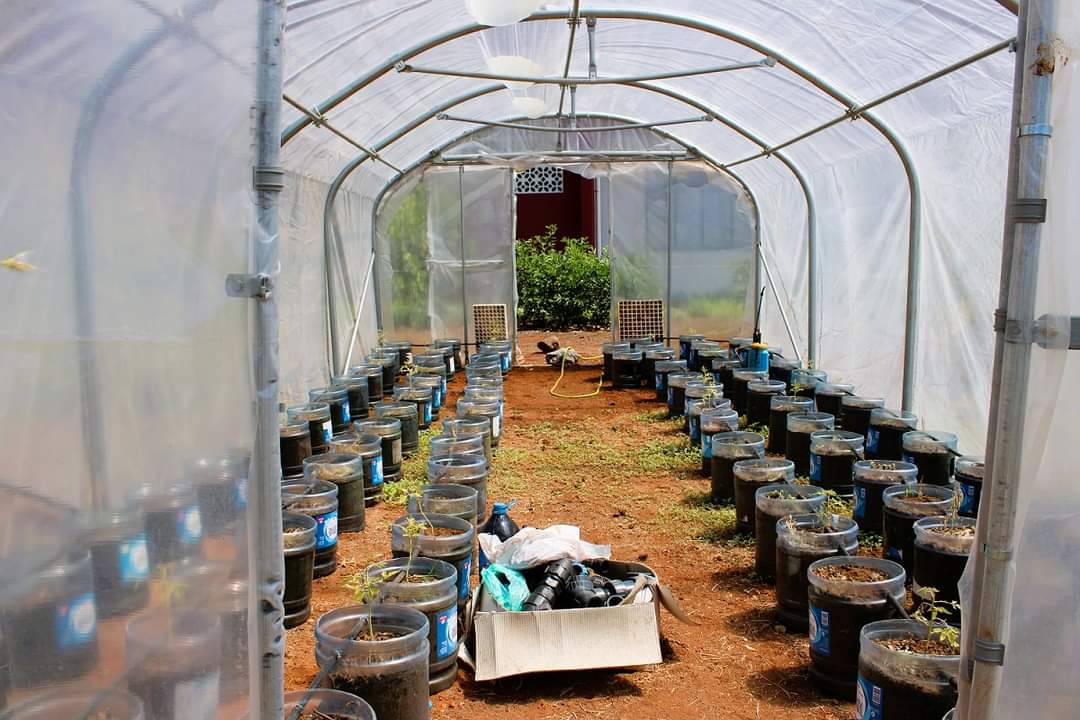
Author: Samory Araújo, Head of Solutions Mapping, UNDP Cabo Verde Accelerator Lab
Context
Cape Verde is a country with a strong agricultural tradition and has recently experienced long cycles of drought, which has had a direct impact on agricultural production. In this context, the use of emerging technologies such as the Internet of Things (IoT) and Artificial Intelligence (AI) is becoming crucial to address these challenges and propel the country's agriculture into the future. The use of emerging technologies such as the Internet of Things (IoT) and Artificial Intelligence (AI) could be one way to address the problems caused by drought. These technologies allow conclusions to be drawn about soil health, irrigation water availability and management, crop health, pest and disease identification, and many other applications, giving farmers access to data to make more informed decisions focused on increasing production.
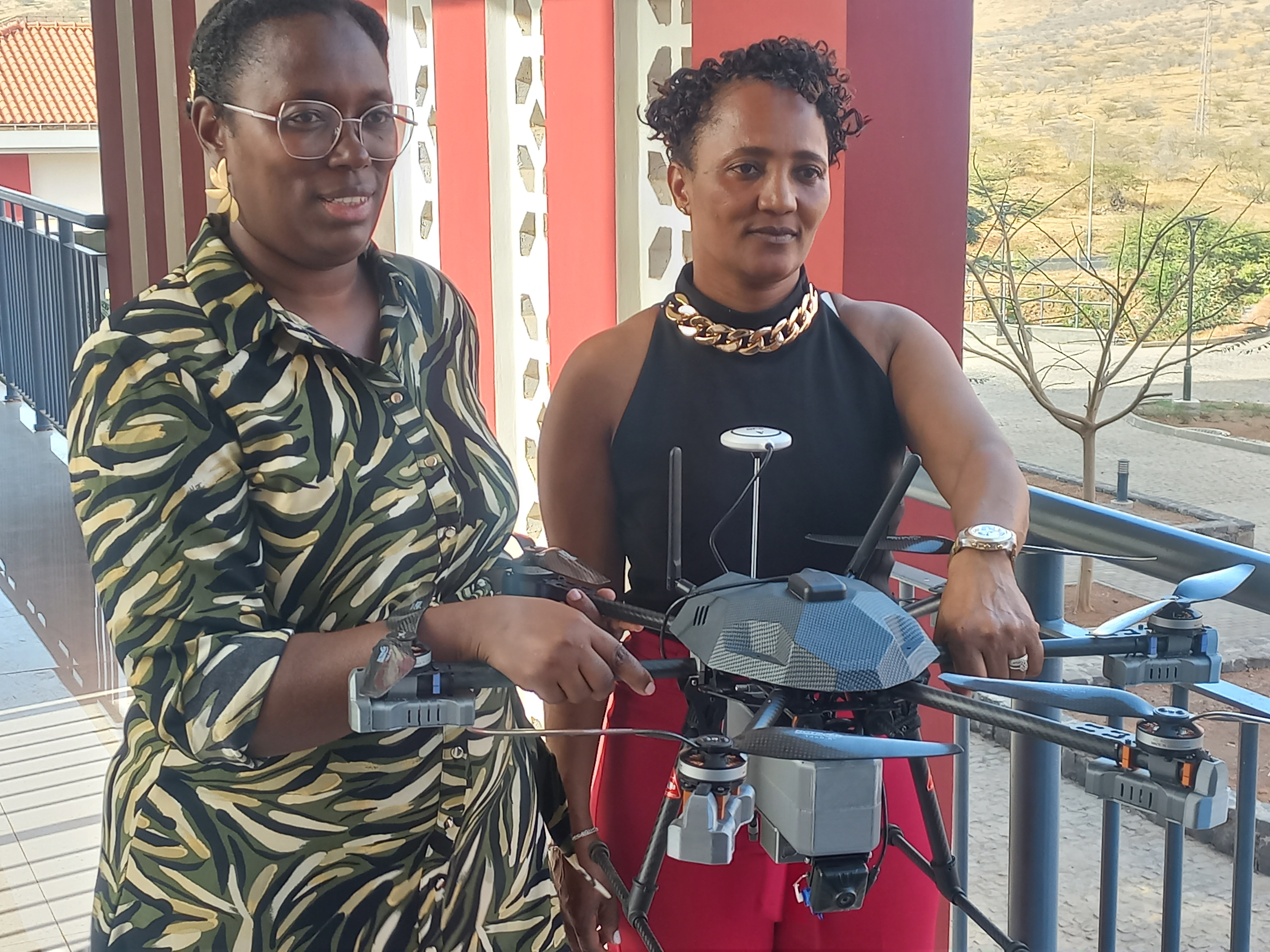
For more developed countries, where agriculture is highly industrialized, adopting such new technologies is not so costly. However, for Cape Verde, where much of the agriculture is carried out by smallholders on small plots of land with subsistence production, it is unlikely that farmers will be able to adopt such technologies individually as the costs could be high. However, if the costs are shared among farmers in each agricultural area, it is possible to speed up the process of transition from traditional agriculture to smart agriculture, with benefits for all involved.
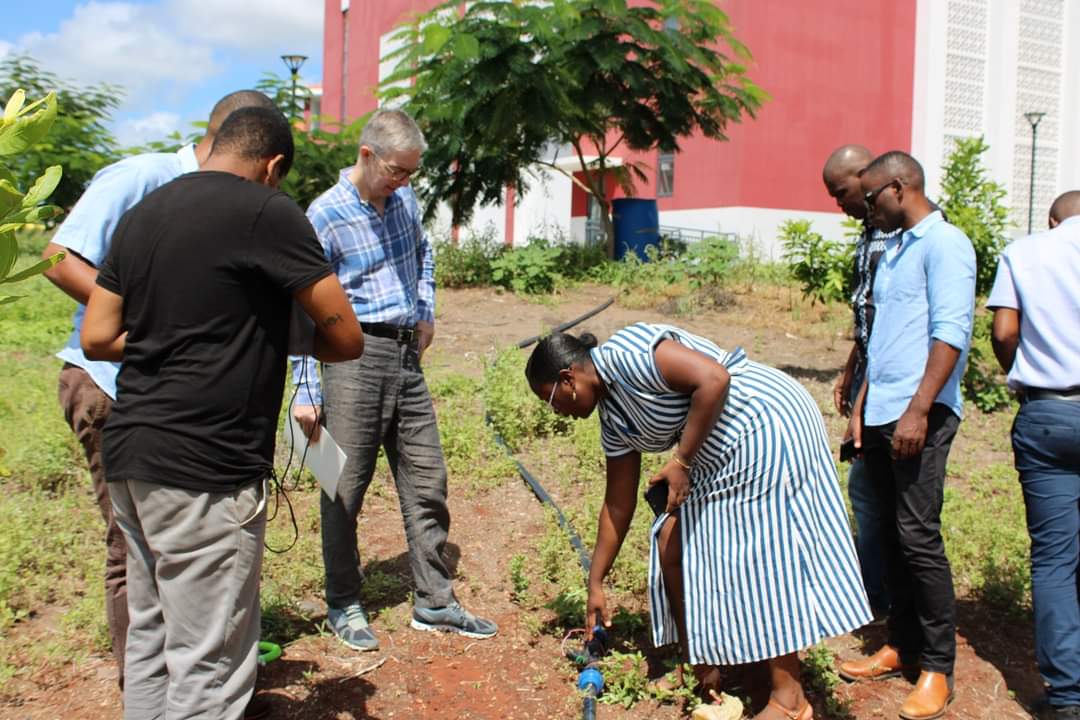
Smart agriculture versus traditional agriculture
Traditional agriculture in Cape Verde has historically been a challenge due to the arid climate and limited water resources. Farmers traditionally practice rainfed agriculture and use terracing techniques to conserve soil moisture and reduce erosion.
The main crops grown in traditional agriculture are maize, beans, and root vegetables such as sweet potatoes and cassava. Despite the challenges, traditional agriculture has been an integral part of Cape Verde's culture and economy for centuries, providing food security and livelihoods for rural communities. In recent years, however, there has been a shift towards modernizing agriculture in Cape Verde, with a focus on water conservation, drought-resistant crop varieties and the adoption of new technologies, such as drip irrigation and greenhouse farming, to improve yields and sustainability.
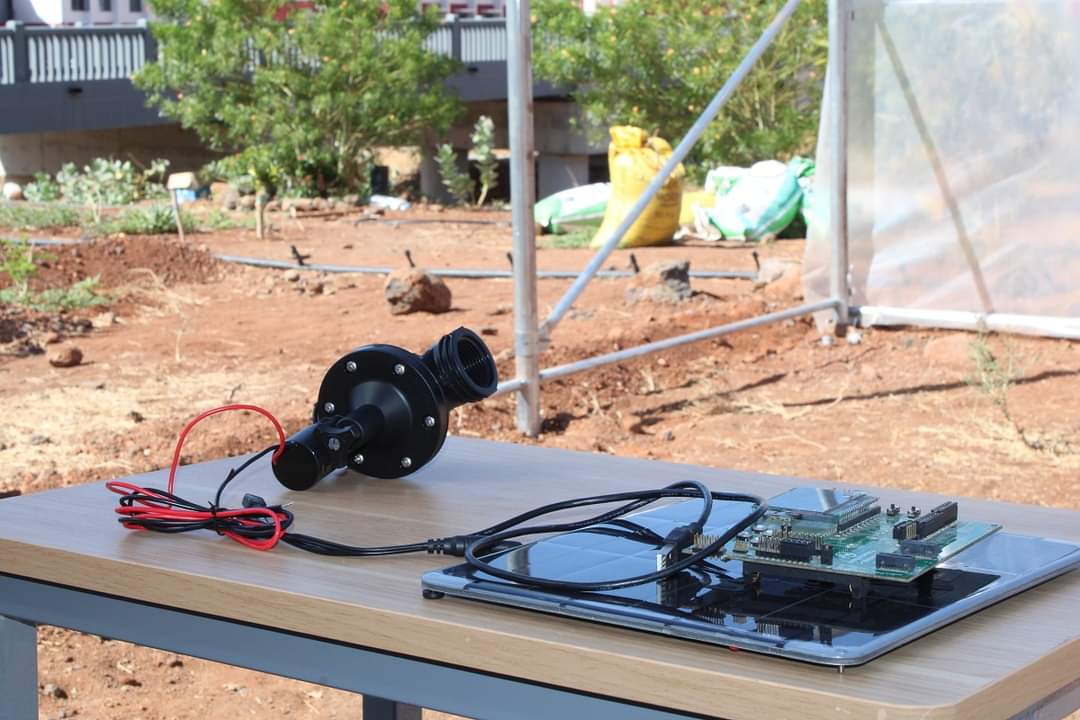
The aim of this project is to implement a smart agriculture pilot project to investigate its viability compared to traditional agriculture.
In this project, we have used wireless sensor networks to monitor the soil, weather and water availability for irrigation, and drones for aerial monitoring of crop growth along the watercourse, and based on the data collected, we are combining artificial intelligence models to define strategies to increase production. To validate this hypothesis, we have implemented a pilot project in the Ribeira de São Filipe.
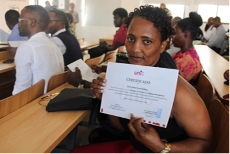
Partnership
The "Monitoring Tools and Artificial Intelligence for Smart Agriculture" project, led by researcher and professor Sónia Semedo, in partnership with Primebotics and the Ribeira de São Filipe Producers Association, focuses on the use of wireless sensor networks, drone monitoring and artificial intelligence models to optimize agricultural production and resource management, and is funded by the International Development Research Centre (IDRC) and the Swedish International Development Cooperation Agency (SIDA). And the "Agricultural Transition using the Internet of Things and Artificial Intelligence" project is a collaboration between the University of Cape Verde and UNDP through the Accelerator Lab as part of the "Monitoring Tools and Artificial Intelligence for Smart Agriculture" project, which aims to promote sustainable development through innovation and smart agriculture.
The activities of this project have been divided into 3 pillars:
Research: where we define the specifications of the sensors for monitoring soil and climatic conditions, as well as the specifications for aerial monitoring; we test the system before the pilot phase and analyze the data collected during the project.
Pilot: consists of implementing the smart irrigation system on an APRSF plot as a case study.
Training: consists of training APRSF members in drone control and the developed smart agriculture system, as well as training researchers and students involved in the project.
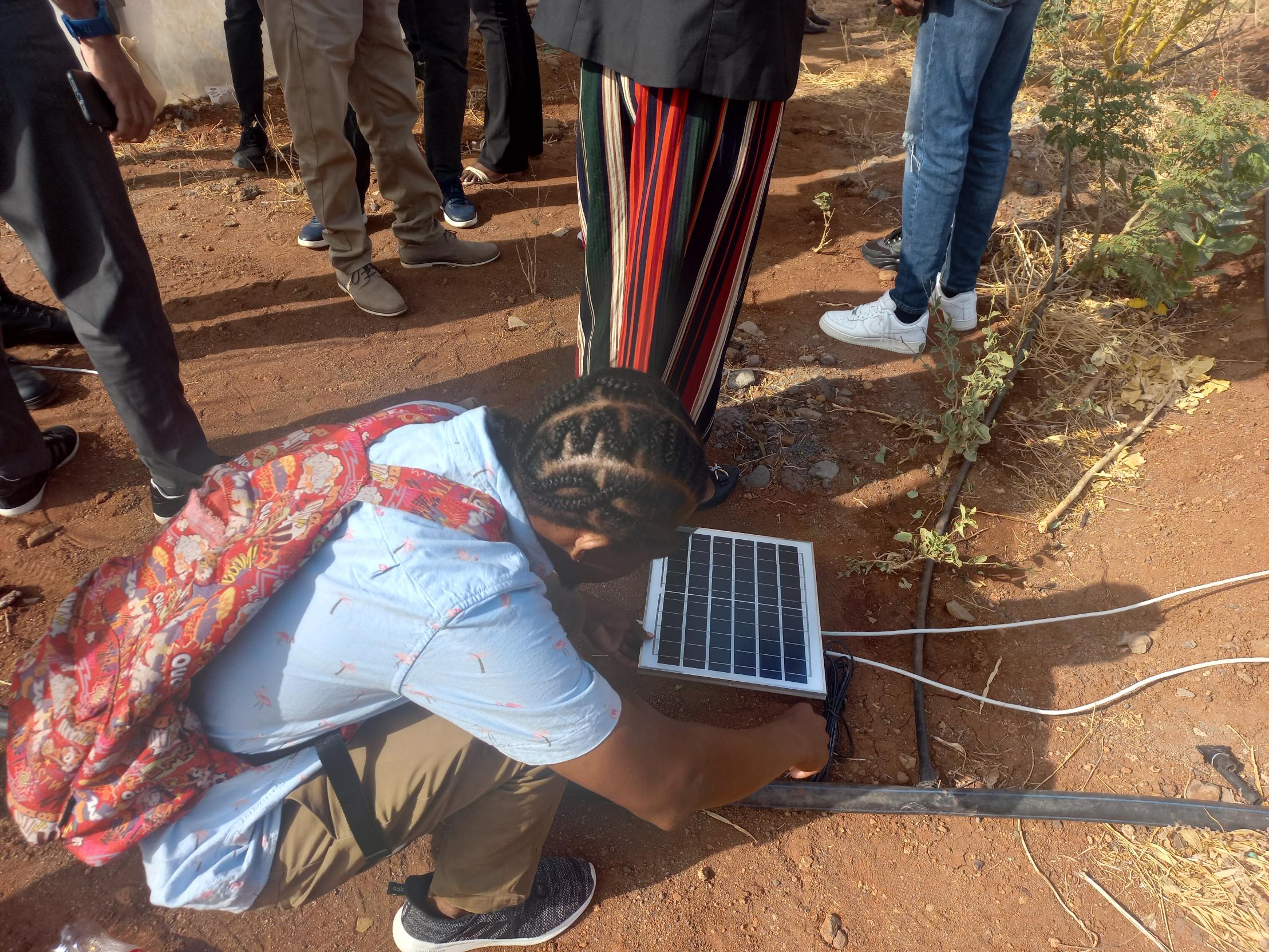
Highlights
One of the highlights of the project is the implementation of a pilot project using IoT and AI to optimize agricultural efficiency, with a particular focus on smart irrigation. The active participation of a female farmer highlights the involvement of women in the integration of technology, but also ensures that input is obtained to improve the proposed solutions. To improve the technological conditions for women in the agricultural sector, we implemented a pilot project on the ground for a female farmer. Choosing a female farmer brings many benefits to artificial intelligence solutions, as it allows them to work closely with the user of the solution and gather information and sensitivities from those who harvest in the area.
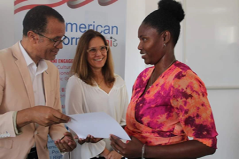
In addition to these highlights, the project has achieved important results:
2 drones acquired, one of which will remain at Uni-CV for research and the other at the farmers' association.
7 teachers trained,
10 farmers trained to fly drones, 2 of them women.
Farmers' association trained in e-invoicing.
1 pilot installed and 3 on the way.
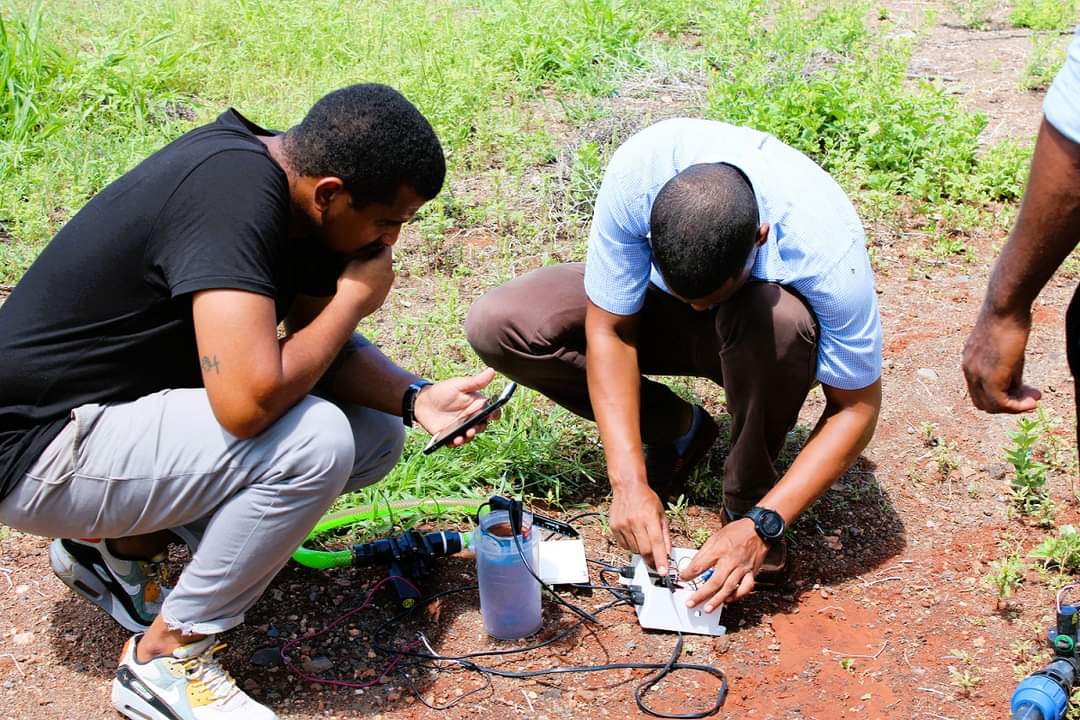
Conclusion
The system is now at an advanced stage of development, with a working prototype installed on the campus of the University of Cabo Verde. The team has also installed soil sensors to collect real-time data on soil moisture, temperature, and crop growth. As the team transitions to supporting farmers in the field, they are considering factors such as user training, scalability, and the potential to extend this technology to larger geographical areas to significantly increase its impact in addressing agricultural challenges and improving crop productivity.

 Locations
Locations